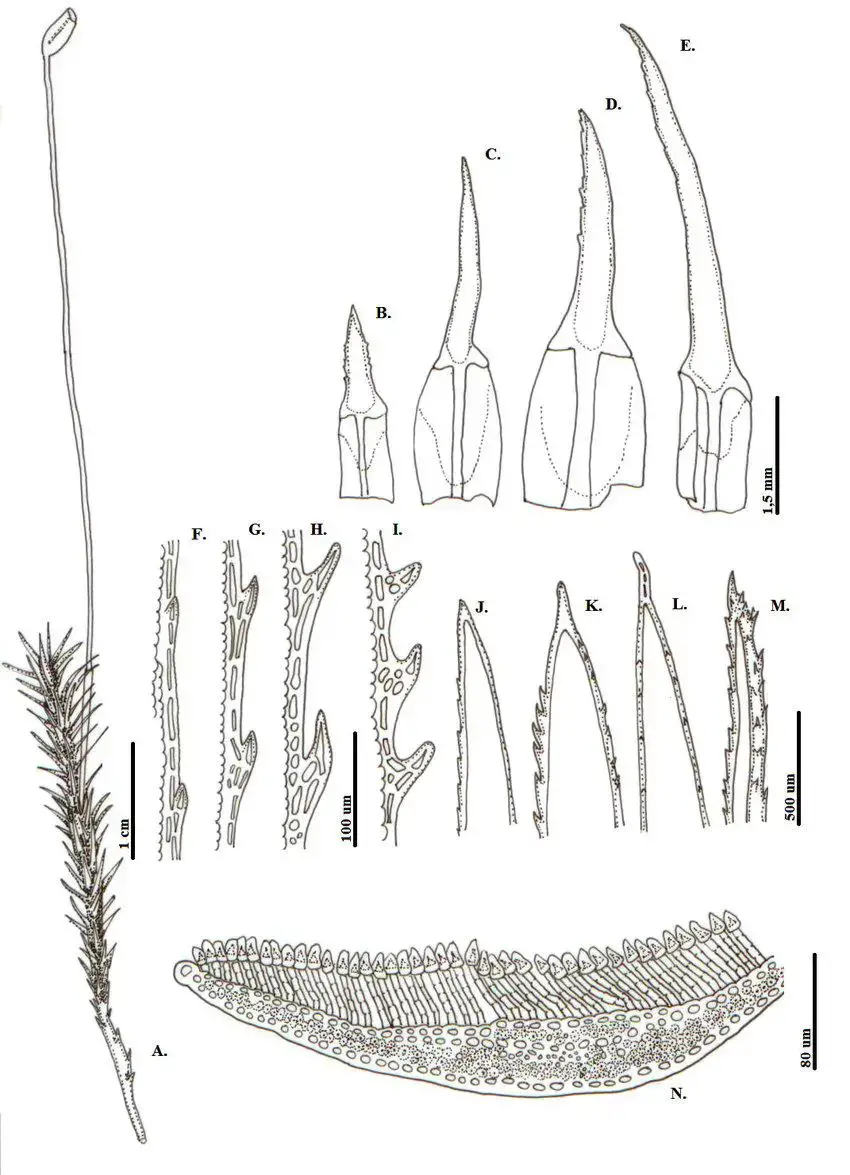
Polytrichadelphus-longisetus-Brid-Mitt-A-Habito-B-N-Hoja-B-E-Vista-general.png from: https://www.researchgate.net/figure/Polytrichadelphus-longisetus-Brid-Mitt-A-Habito-B-N-Hoja-B-E-Vista-general_fig13_318217800
Polytrichadelphus longisetus: The Mighty Moss of the Polytrichaceae Family
Introduction
When it comes to the fascinating world of bryophytes, one standout species is Polytrichadelphus longisetus (Brid.) Mitt., a remarkable moss of the Polytrichaceae family. Also known simply as Polytrichadelphus, this mighty moss boasts some incredible adaptations. In this blog post, we’ll dive into the details of P. longisetus and explore what makes it so special.
Background on Bryophytes
First, some quick background. Mosses are non-vascular plants in the division Bryophyta. Unlike other plants, they lack true roots, stems, and leaves. Instead, they have rhizoids, a stem-like structure, and leaf-like structures called phyllids. Mosses play important ecological roles and are found all around the globe.
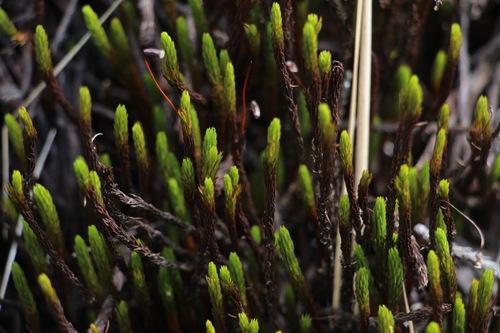
medium.jpeg from: https://www.inaturalist.org/taxa/1065589-Polytrichadelphus-longisetus
Morphology and Identification
P. longisetus forms dense tufts or mats. Its shoots can reach 2-10 cm tall. The
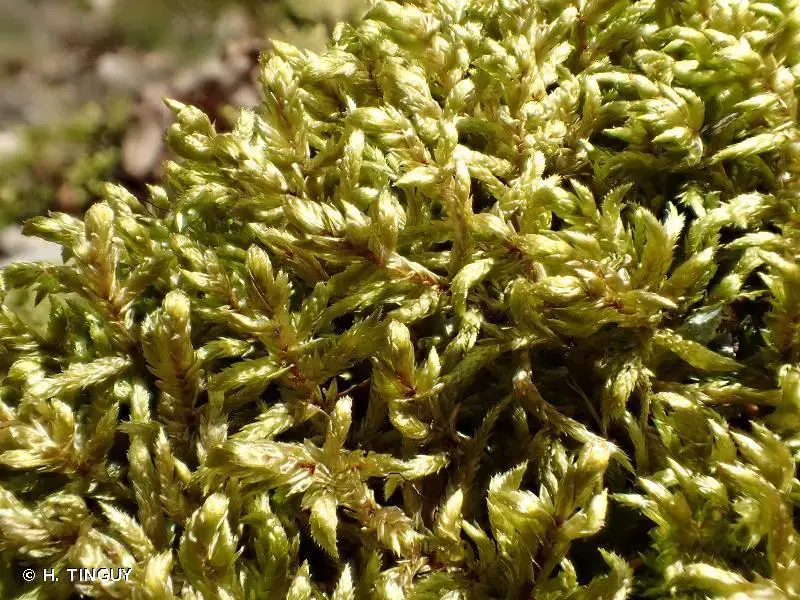
193742.jpg from: https://inpn.mnhn.fr/espece/cd_nom/6101
phyllids are long and narrow, 5-8 mm in length, with toothed margins. A key identifying feature is the long, reddish-brown seta (the stalk bearing the spore capsule), which can be up to 8 cm tall – hence the species name “longisetus” meaning “long seta”. The
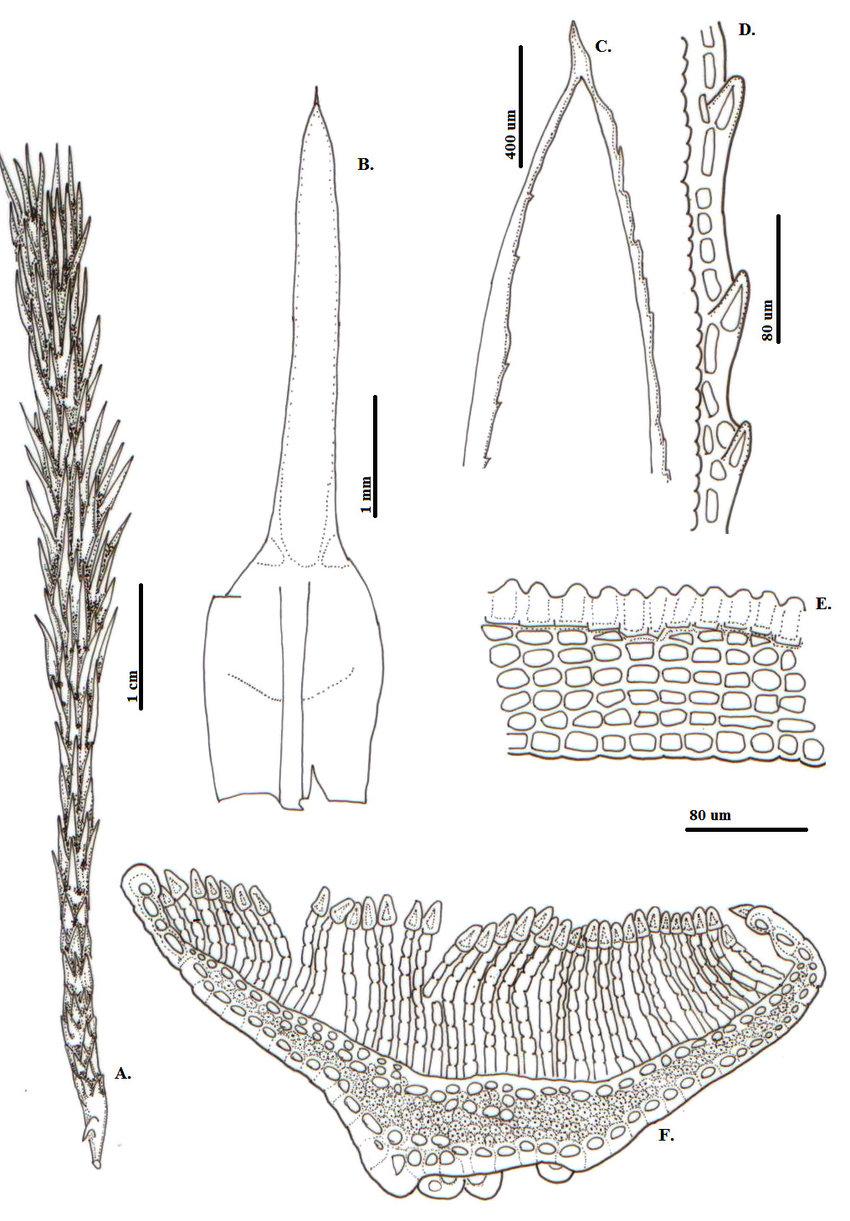
Polytrichadelphus-giganteus-Hook-Mitt-A-Habito-B-F-Hoja-B-Vista-general-C.png from: https://www.researchgate.net/figure/Polytrichadelphus-giganteus-Hook-Mitt-A-Habito-B-F-Hoja-B-Vista-general-C_fig12_318217800
capsules are cylindrical and slightly curved.
Global Distribution and Habitat
This mighty moss has a wide global distribution, found in North, Central and South America, Europe, Asia, Africa, and the Pacific. It grows on soil, rocks, logs, and tree bases in forests from lowlands to 3000 m in elevation. P. longisetus prefers humid environments but can tolerate some dryness.
Ecological Roles and Adaptations
Like other mosses, P. longisetus plays important roles in its ecosystems:
- Helps retain moisture and prevent erosion
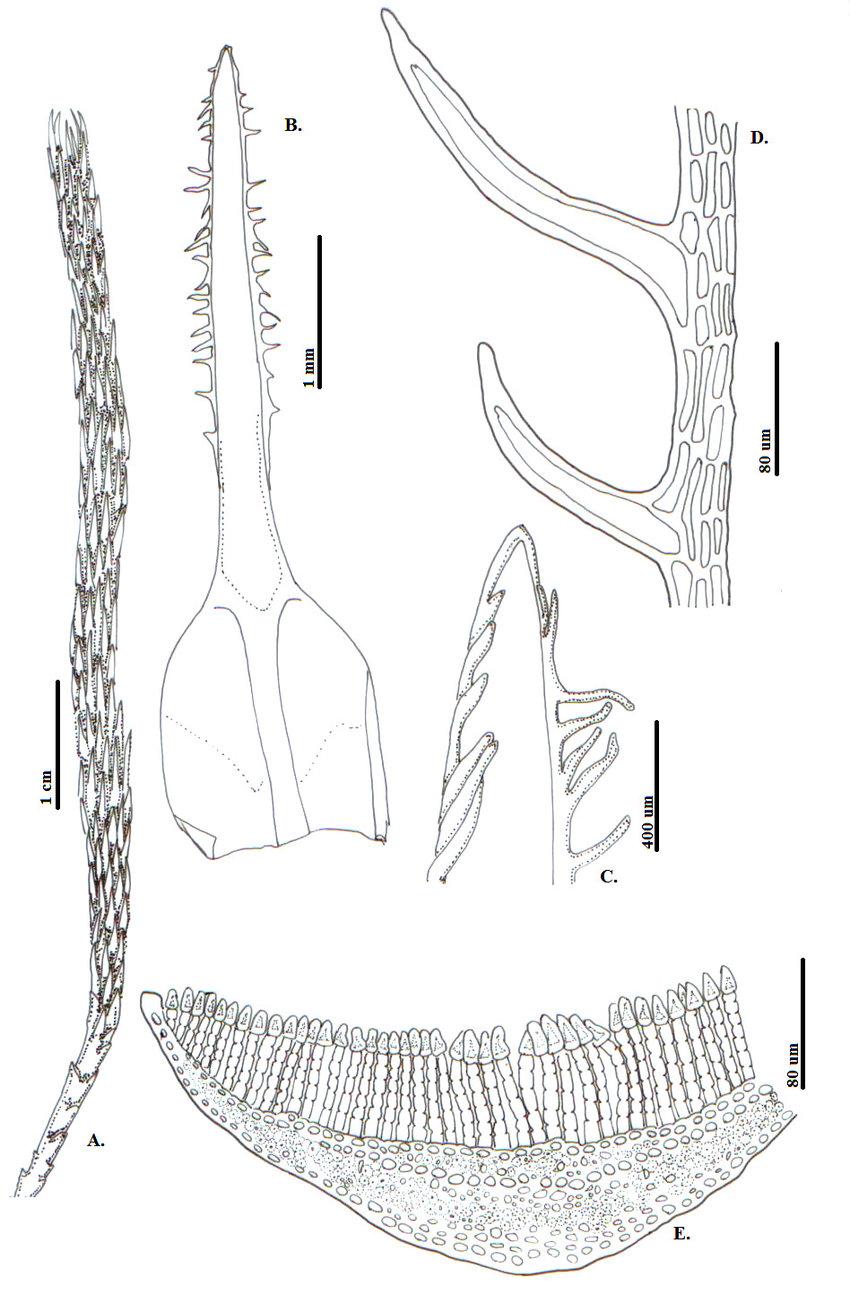
Polytrichadelphus-ciliatus-Hookf-Wilson-Mitt-A-Habito-B-E-Hoja-B-Vista.png from: https://www.researchgate.net/figure/Polytrichadelphus-ciliatus-Hookf-Wilson-Mitt-A-Habito-B-E-Hoja-B-Vista_fig11_318217800
- Provides habitat for micro-organisms
- Pioneers the colonization of bare ground
- Contributes to nutrient cycling
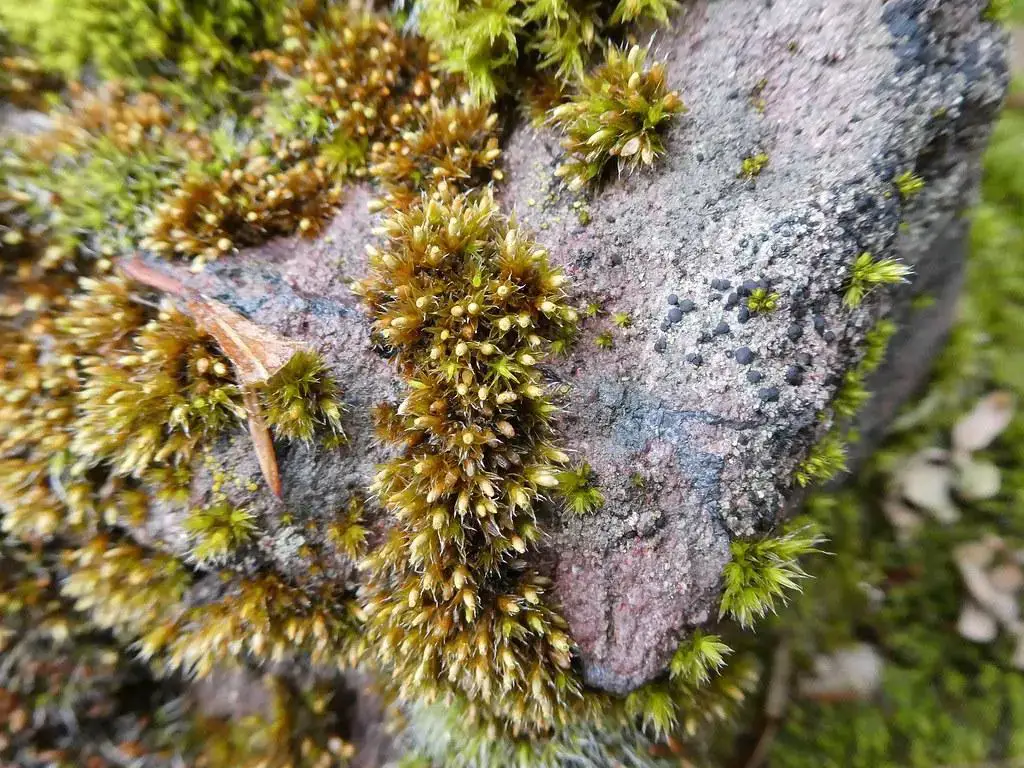
49789959862_02e1011f51_b.jpg from: https://www.flickr.com/photos/21657471@N04/49789959862/
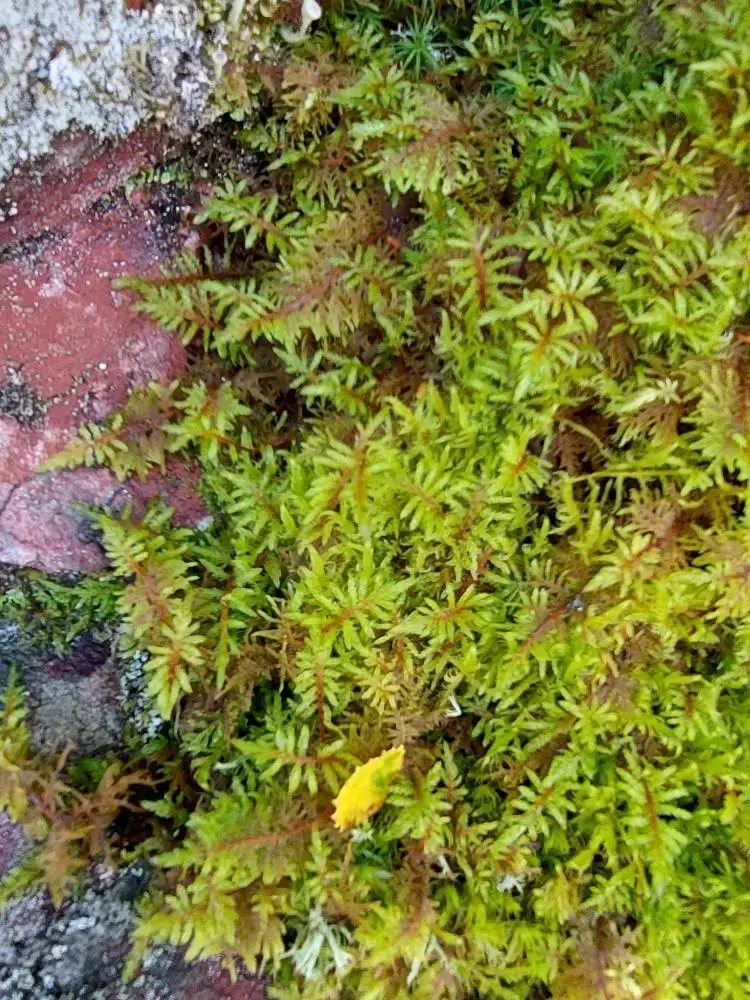
56997501.jpg from: https://observation.org/photos/56997501/
Some of its special adaptations include:
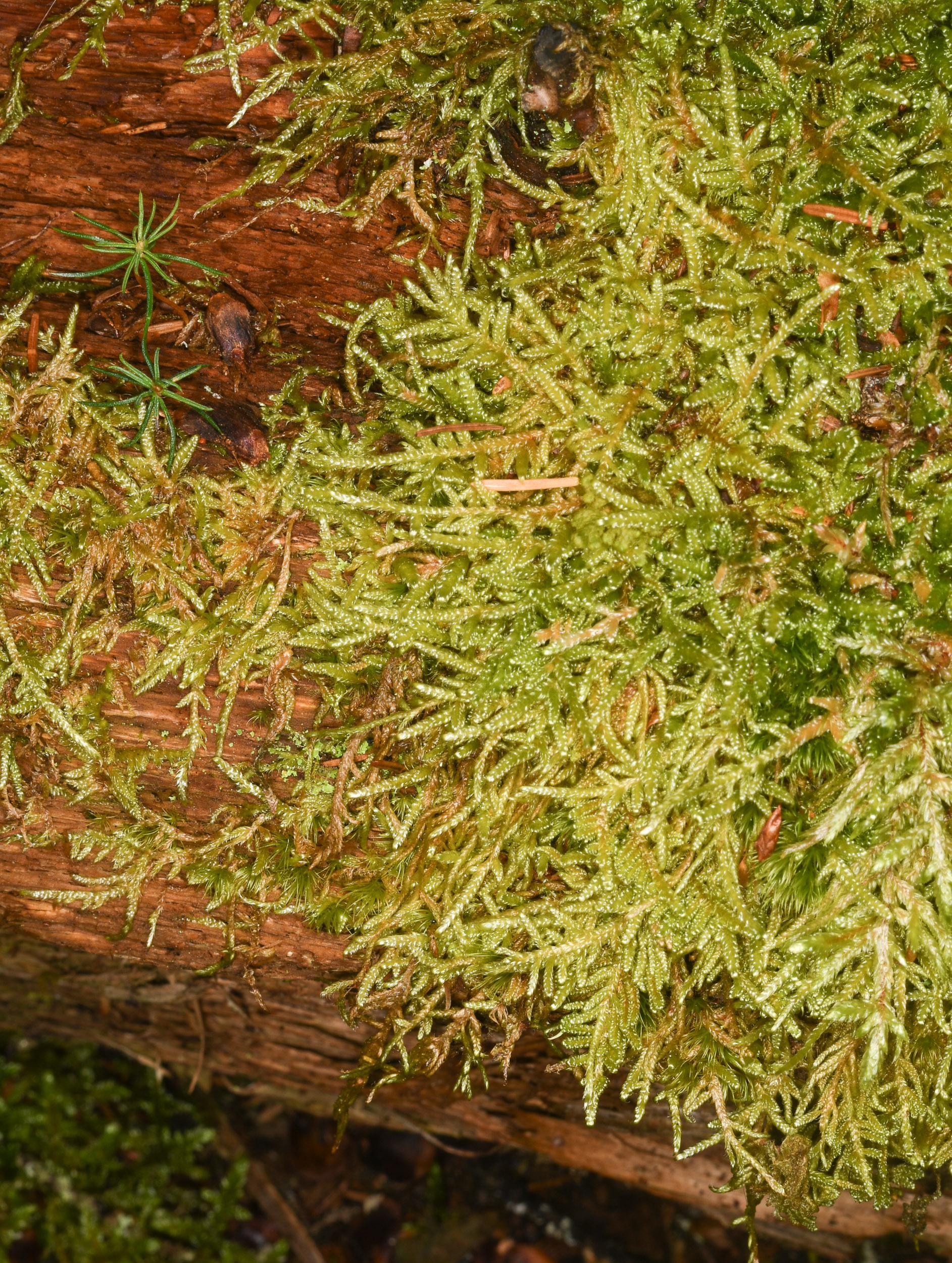
Pleurozium_schreberi-1C0DF651F8.jpg from: https://florafinder.org/Species/Pleurozium_schreberi.php
- Rhizoids that anchor it and absorb water and nutrients
- Thick cell walls in the phyllids to prevent water loss
- Rudimentary vascular tissue (hadrom and leptom) for internal water and nutrient transport
- Spore dispersal by wind up to 10 km
In Summary
To recap, Polytrichadelphus longisetus (Brid.) Mitt. is a remarkable moss with a wide range, variable habitats, and important ecological roles. Its unique adaptations help it thrive in many environments.
So next time you’re out in the woods, keep an eye out for a clump of tall moss with long reddish setae and curved capsules. It just might be the mighty Polytrichadelphus making its home on a log or forest floor near you!
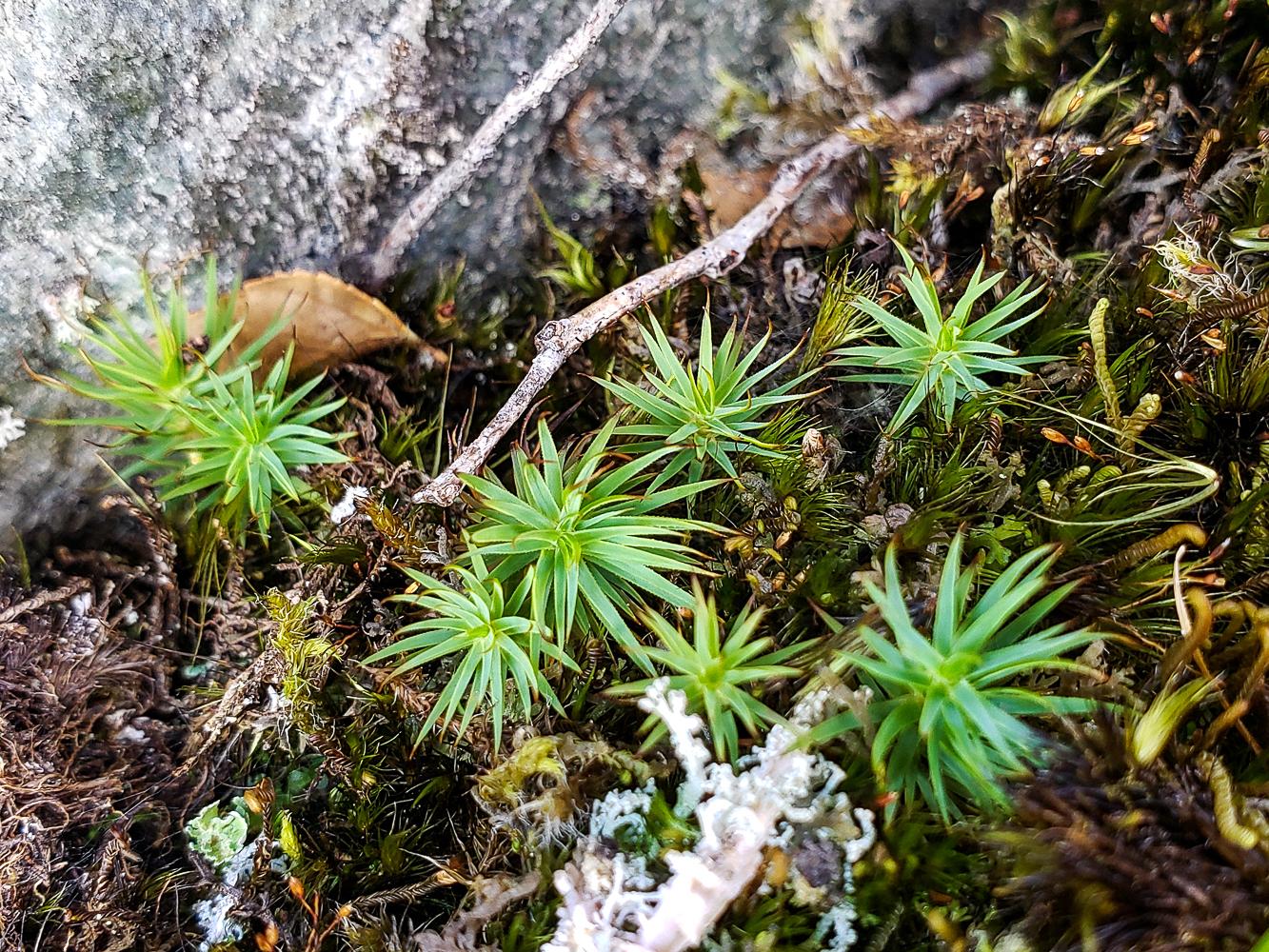
original.jpg from: https://www.gbif.org/es/species/2682901
What other mighty mosses have you encountered on your bryological adventures? Do share in the comments!
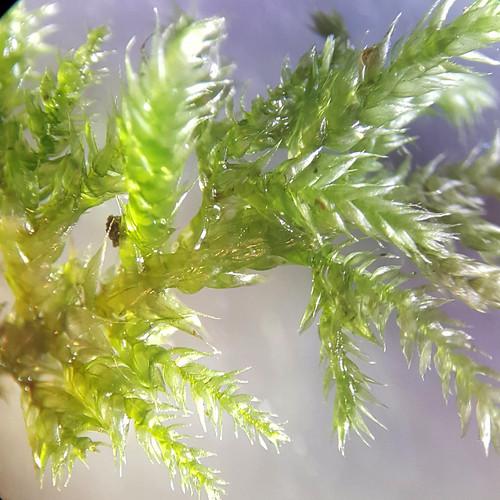
50112460938_26a900458c.jpg from: https://www.flickr.com/photos/21657471@N04/50112460938/